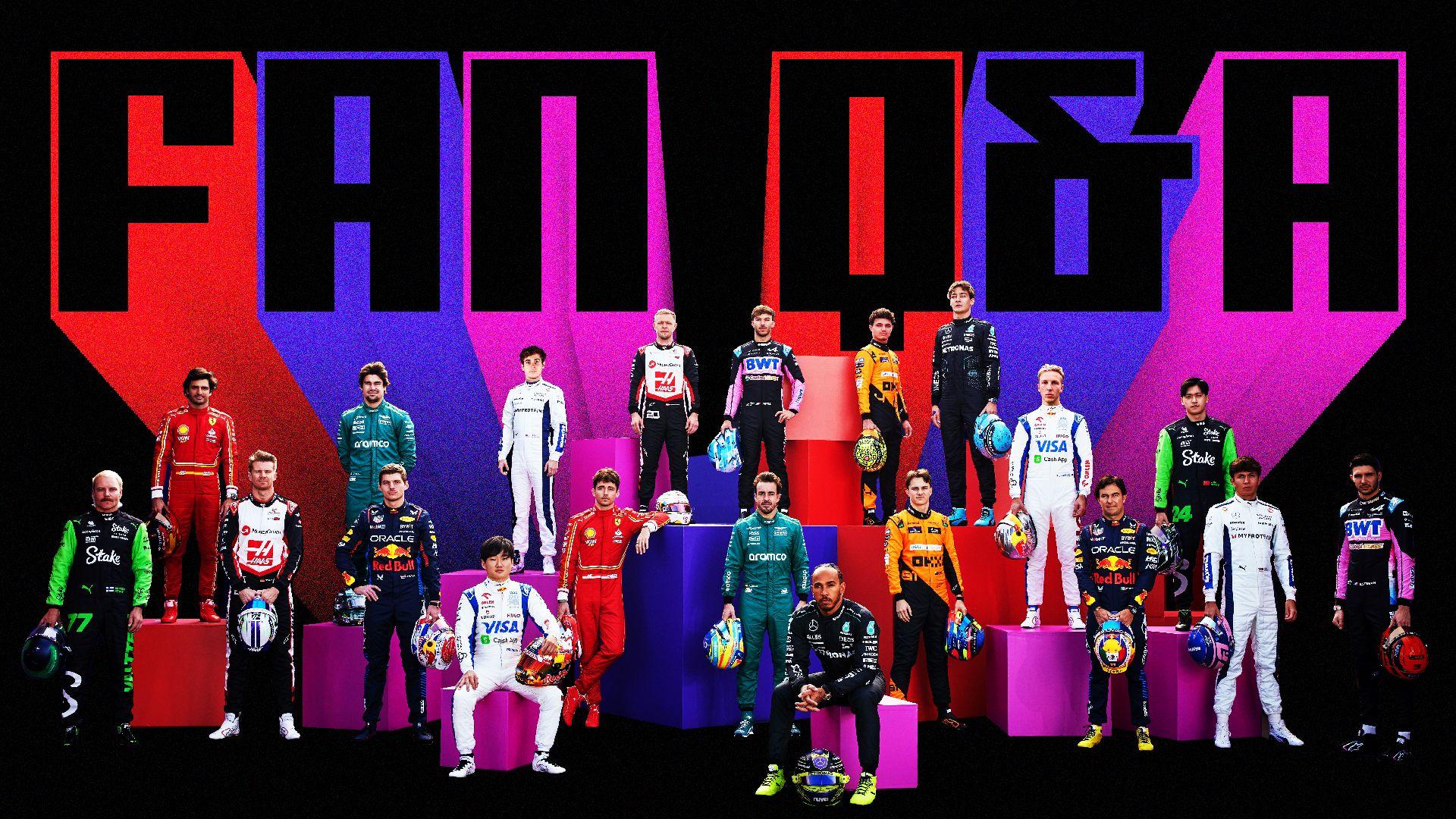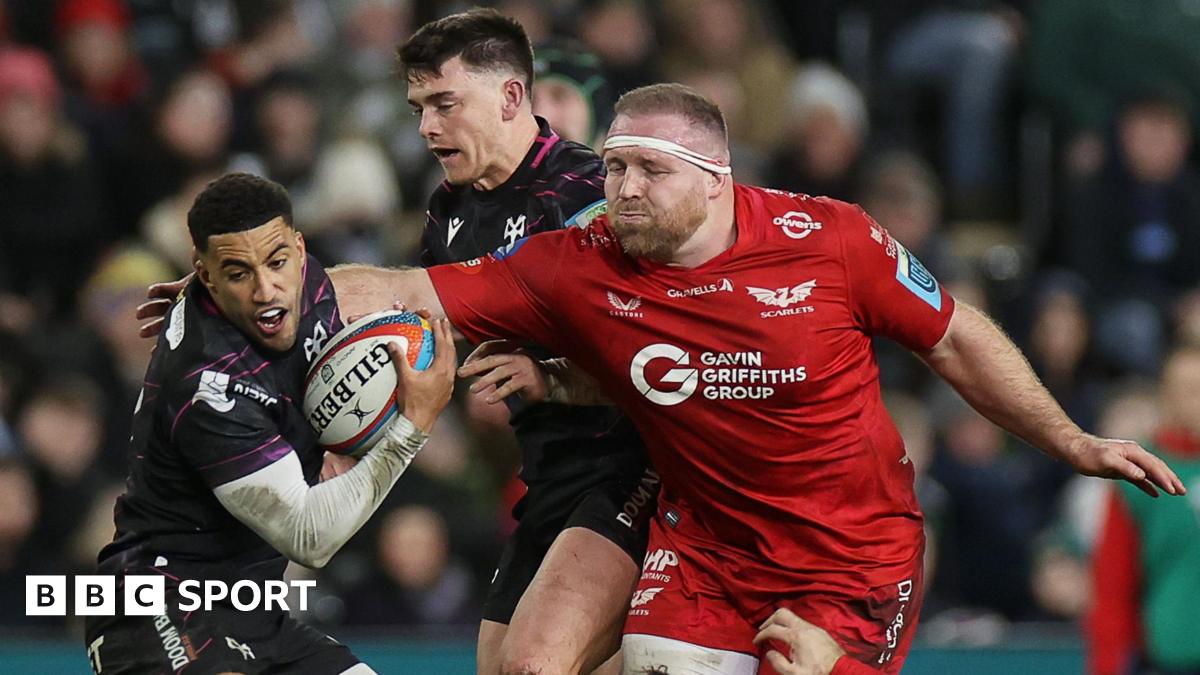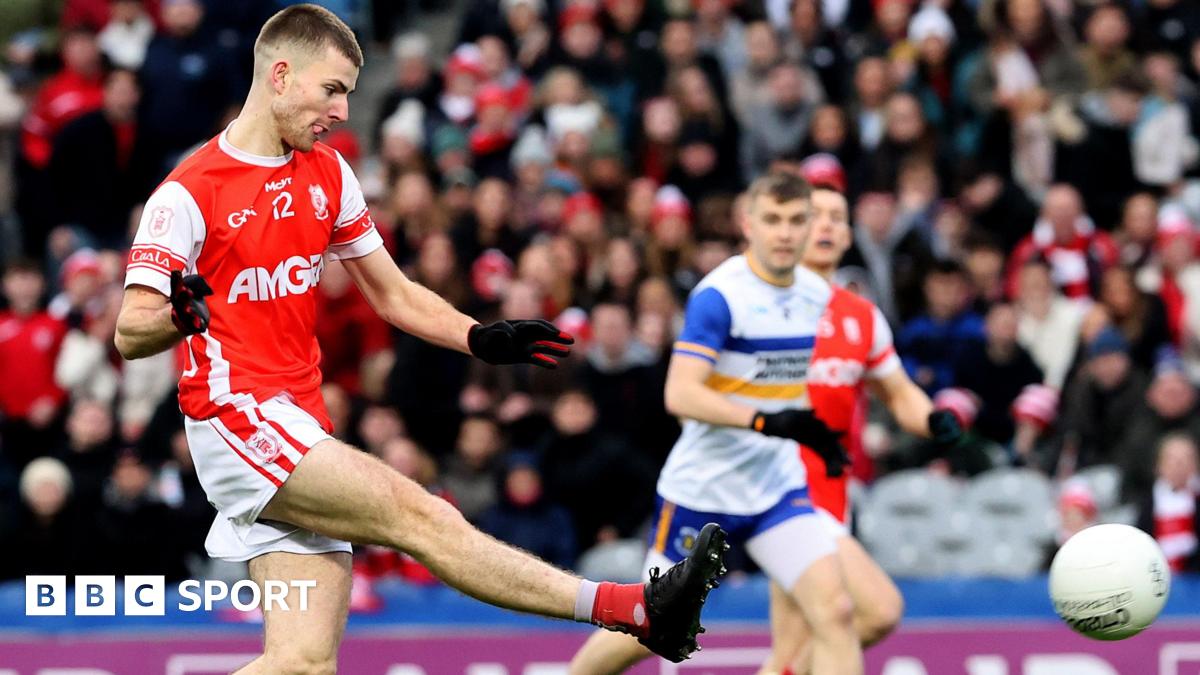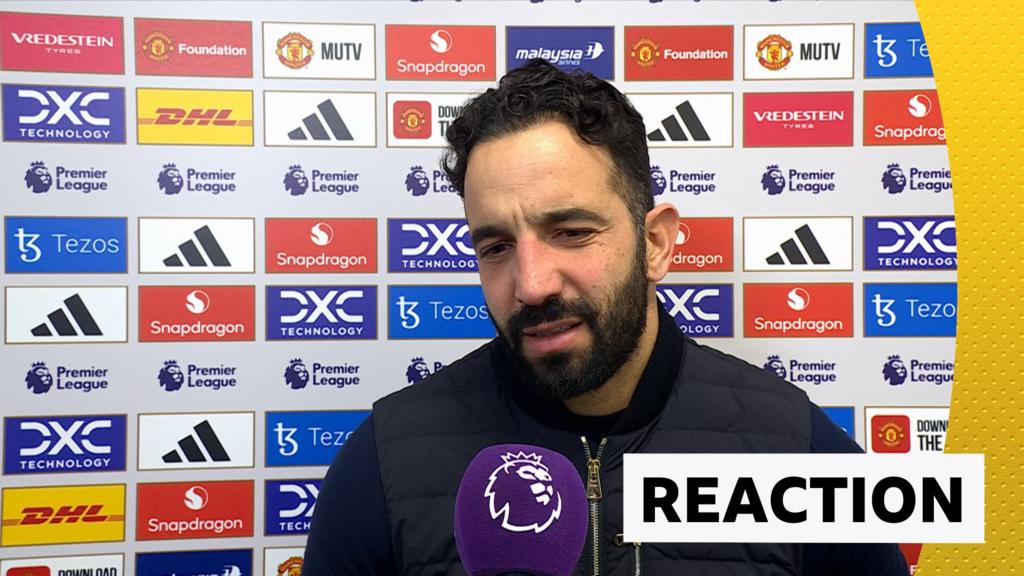ARTICLE AD BOX
 Image source, BBC Sport
Image source, BBC Sport
There are three rounds of the 2024 Formula 1 season remaining, with Max Verstappen on the verge of clinching a fourth successive drivers' championship.
Dutchman Verstappen leads Lando Norris by 62 points and the Briton needs to win at least three more points than him in Las Vegas next week to keep the title race alive.
Before F1 heads back to the United States, BBC F1 correspondent Andrew Benson answers your questions on the key talking points in the sport.
How big is the threat of Ferrari to McLaren in the constructors' championship? - Daphne
McLaren are 36 points ahead of Ferrari heading into the final three races of the season, which start with Las Vegas on 21-23 November, followed by Qatar and Abu Dhabi on the next two weekends.
That's a decent lead, enough that if McLaren perform well in Las Vegas and Qatar, they could seal the title before the final race of the season.
But because both cars score in the constructors' championship, it is definitely winnable for Ferrari.
There are a total of 44 points available on a normal weekend, as Las Vegas and Abu Dhabi are, and 52 on the Qatar sprint weekend - so 140 on the table in total.
On paper, Las Vegas favours Ferrari - it is the sort of track on which they have been strong this year. A street circuit, with predominantly slow corners, with some big braking down from high speed.
This emphasises Ferrari's strengths and does not play to McLaren's. Think of Ferrari's pace in Monaco, Monza, Baku, Singapore and Mexico.
Qatar, though, is expected to favour McLaren - and Ferrari are a little worried about their prospective pace there.
But the top three teams are all closely matched, so it's hard to predict how things will go.
Think of Singapore, for example, where Charles Leclerc really should have qualified on the front row for Ferrari, but made a mistake on his qualifying lap.
Or Baku, where again Leclerc-Ferrari was probably the fastest driver-car combination but McLaren executed a good strategy to bring Oscar Piastri into range, and the Australian got ahead with a brilliant late overtaking dive, holding on to win under intense pressure.
And what will be Red Bull's pace in the dry after a strong showing in the US, but a disappointing weekend in Mexico?
In short, McLaren have a lead large enough to make them favourites, but it's a lot more open than the drivers' championship, where Max Verstappen can clinch the title in Las Vegas if he beats Lando Norris, and in some finishing combinations even if he does not.
Image source, Getty Images
Image caption,McLaren lead the constructors' championship, with 593 points
Why is F1 talking about rotating some races? Why not add more dates to the calendar first? Other series prove it is possible - Tim
The short answer to this is that the calendar is at - or close to - capacity, and a number of countries are pushing for entry.
The teams' contracts with F1 dictate a maximum of 25 races, but F1 chairman Stefano Domenicali recently described 24 as "the balanced number that we feel is right".
This reflects the fact that most people in F1 feel the calendar is already long enough - many, in fact, believe it is too long.
Yes, Nascar has 41 race weekends in 2025, but all but one of them are in one country, even if it is a very large one. And it's traditional for Nascar to have a long season. In F1, it's still a relatively recent development.
F1 wants a race in Africa and is in talks with Rwanda, Saudi Arabia could get a second race at the new facility in Qiddiya when it is finished in a few years' time and Franco Colapinto's emergence has led to talk of a return for Argentina, which last held a grand prix in 1998. South Korea and Thailand have also been mentioned.
So something has to give - and that's where the idea of rotation comes in.
On top of that, hosting a grand prix is expensive and some European races are struggling to make ends meet.
The races talked about in this context are Belgium, the Netherlands and Barcelona.
But nothing is decided and it depends on myriad factors. Do Belgium and/or the Netherlands want to rotate? Does Barcelona, which is losing the Spanish Grand Prix to Madrid in 2026, want to continue, and what's the appetite for two races in Spain? And so on.
Why do the drivers have use of DRS during qualifying? - Simon
The principle behind being able to use the DRS overtaking aid in qualifying is that the whole point of qualifying is to go as fast as possible. A lap is faster with the use of DRS than without, so it is allowed.
On this basis, the question would really be, why would DRS not be allowed in qualifying?
When the DRS overtaking aid was first introduced in 2011, use was free in qualifying. But after two years, it was decided on safety grounds to limit its use to the DRS zones permitted in the race.
The advantage gained from using the DRS varies from car to car.
One of the factors in Red Bull's domination of 2022 and 2023 was that they had a far larger 'DRS offset' than most other cars, giving them a bigger advantage in qualifying and also when fighting for position in the race.
Other teams have since been working to overturn this deficit, and some - including McLaren - are only just getting there.
This issue will disappear in 2026, when new rules will bring the end of DRS. In its place, moveable front and rear wings will be used to help optimise the cars with the new engines, which have a far higher proportion of their overall power output provided by the hybrid element.
Moveable aerodynamics - reducing drag on the straight but returning downforce for the corners - were needed to increase straight-line speed, to allow the cars to recover sufficient energy during braking.
DRS will be replaced by a push-to-pass button, which temporarily gives an extra boost of electrical energy.
Image source, Getty Images
Image caption,The first night race was held in Singapore in 2008
Why don't they run night races in European countries? It would be cool having somewhere like Monaco at night, especially as it's so boring - Arun
When the first night race was held in Singapore in 2008, it was all about viewing figures in F1's core market - Europe.
Singapore is seven hours ahead of the UK, so moving the start time to 20:00 local time meant it started at 13:00 in Britain and 14:00 in Europe - exactly when, at the time, a European Grand Prix would start. Rather than having it start early in the morning, which is always an issue with Japan, for example, or Australia.
Obviously, the same demand is not there for a European race.
But there are other factors, too. Moving start times later in Europe would help for US viewers, but it is not a conventional time for a European audience - which is considered quite traditional in its viewing habits.
European races are not as well funded as those in places such as the Middle East and Singapore, and holding a night race is expensive in terms of infrastructure, with lighting and so on.
And there are local factors to consider, such as whether people would attend that late, the logistics of entry and exit after dark, the after-hours cost of police and so on.
And, apart from anything else, the demand has not been there from European organisers, whereas places such as Abu Dhabi and Bahrain actively wanted one in the wake of Singapore's success.
A couple of European organisers have asked for a night race - most recently Madrid. But the sport's biggest broadcasters are not keen, and it would also put F1 up against popular TV shows in the evening in Europe, such as Strictly Come Dancing.
Image source, Getty Images
Image caption,Lando Norris (right) has won three races this season, while team-mate Oscar Piastri has won twice
Does the paddock believe Oscar Piastri could be McLaren's lead title contender next season? Seems very fast, and calmer than Lando Norris under pressure - Matt
The first thing to say is that there is uniformity of opinion across F1 about very few questions of this sort.
Which driver is better than another is to some degree a subjective question, as any fan can tell you, even if the opinion of a significant majority of people in F1 at the moment seems to be that Max Verstappen is the best.
When it comes to assessing team-mates, however, the question can at least be addressed with more facts.
Piastri has had a good season, there is no doubt about that. He has followed up his maiden victory in Hungary with a second in Azerbaijan, taken with a daring and opportunistic overtaking move on Charles Leclerc.
He has also shown some robust and clinical racing skills - not just with that win in Baku, but with his first-lap pass of Norris around the outside of the second chicane in Monza, for example.
He's also in only his second season, whereas Norris is in his sixth.
Be that as it may, Norris has been conclusively faster.
Until Piastri took sprint pole at the last race in Brazil, he had not out-qualified Norris on merit since Monaco. And Norris has a 0.15 second average advantage over his team-mate over one lap this season.
Together, they make one of the strongest driver line-ups on the grid, and how the internal battle at McLaren plays out in the next couple of years is one of the most interesting questions in the sport.
But at the moment, based on their careers so far, Norris has had the edge.

 2 months ago
9
2 months ago
9








 English (US) ·
English (US) ·